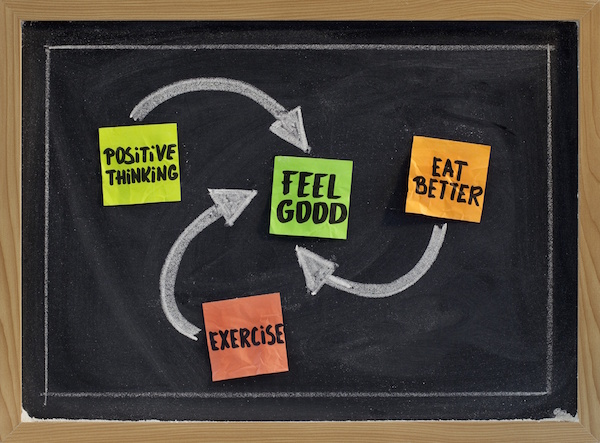
MONDAY, Feb. 17, 2014 (HealthDay News) — New research suggests that children with attention-deficit/hyperactivity disorder (ADHD) may benefit from getting a type of training during school hours that monitors their brain waves to help improve attention.
The study involved 104 elementary school children with ADHD who were randomly assigned to one of three groups: a brain-wave monitoring (“neurofeedback”) group; a cognitive attention training group; and a “control” group.
The students attended one of 19 public elementary schools in the greater Boston area. They received three 45-minute sessions per week of either neurofeedback training or cognitive attention training, while the control group received no treatment. Six months later, the researchers followed up on the kids with parent questionnaires and classroom observations made by researchers who did not know which child had received which treatment.
Neurofeedback involves measuring and giving feedback on a child’s brain wave activity while the child “plays” or focuses on a computer game revolving around attention activities. The child is asked to try to focus every time feedback information indicates that attention is wavering.
Cognitive training involves a computer program that engages students in games or activities that strengthen attention.
Neurofeedback has been studied in children with ADHD in the past, and is controversial, noted study author Dr. Naomi Steiner, a developmental behavioral pediatrician at Floating Hospital for Children at Tufts Medical Center in Boston.
The study team found that the kids who were given neurofeedback training made greater improvements in their ADHD symptoms, compared to the other two groups. The findings were published online Feb. 17 and in the March print issue of Pediatrics.
“They showed significant improvements in attention and executive function. This study suggests that neurofeedback works, and you can actually do it in schools,” Steiner said.
“The cognitive attention training group improved a little bit but not as much as the neurofeedback group, and not on as many scales,” she added.
An estimated 9.5 percent of U.S. children aged 4 to 17 are diagnosed with ADHD, a disorder that leaves kids struggling with attention, hyperactivity and impulsivity issues, according to the authors.
One expert welcomed the research.
“I have been following the field and I was encouraged that there was finally a well-controlled study on neurofeedback and ADHD,” said Dr. Caroline Martinez, an assistant clinical professor in the division of behavioral pediatrics at the Mount Sinai Kravis Children’s Hospital, in New York City. “Prior studies have been inconclusive or not adequately controlled, and it was nice to have the benefit of being compared to a control group and the cognitive training group.”
Martinez noted that she believes that neurofeedback for ADHD is not readily available.
“They are expensive and are not usually covered by insurance, that I know of,” she said. She estimated that neurofeedback training runs at roughly $100 per session.
Steiner noted that about 50 percent of the children in the study were on a common ADHD medication at the start of the research. Six months later, the drug dosage remained the same among participants in the neurofeedback group, but the parents of the students in the cognitive training and control groups reported increased medication doses, which Steiner said is to be expected as a child matures.
Another expert lauded the research, but wondered about its applicability to classroom performance.
“I think it’s important to do studies that look for the effects of other interventions besides medication on ADHD symptoms. I think the study was rigorously done,” said Dr. Donald Gilbert, an ADHD researcher and professor of pediatrics and neurology at Cincinnati Children’s Hospital Medical Center.
But while the neurofeedback intervention made a difference and attention scores were better, Gilbert questioned whether it would equate to better classroom performance.
“I’m not sure we can expect a difference in learning in the classroom because, on average, after neurofeedback their symptoms were still in the ADHD range, according to the data graphs,” he noted.
“I guess it’s kind of promising, but the benefit is still fairly small, and I would say it is nothing to write home about. I think it’s worth exploring further,” Gilbert said.
Study author Steiner said more trials are needed to substantiate their findings and make recommendations for schools.
But that doesn’t diminish her enthusiasm for the potential of neurofeedback.
“This could change the way we think about the brain, and change the way we help students and adults with ADHD,” Steiner said.
More information
For more information on ADHD, visit the U.S. Centers for Disease Control and Prevention.
Copyright © 2025 HealthDay. All rights reserved.

